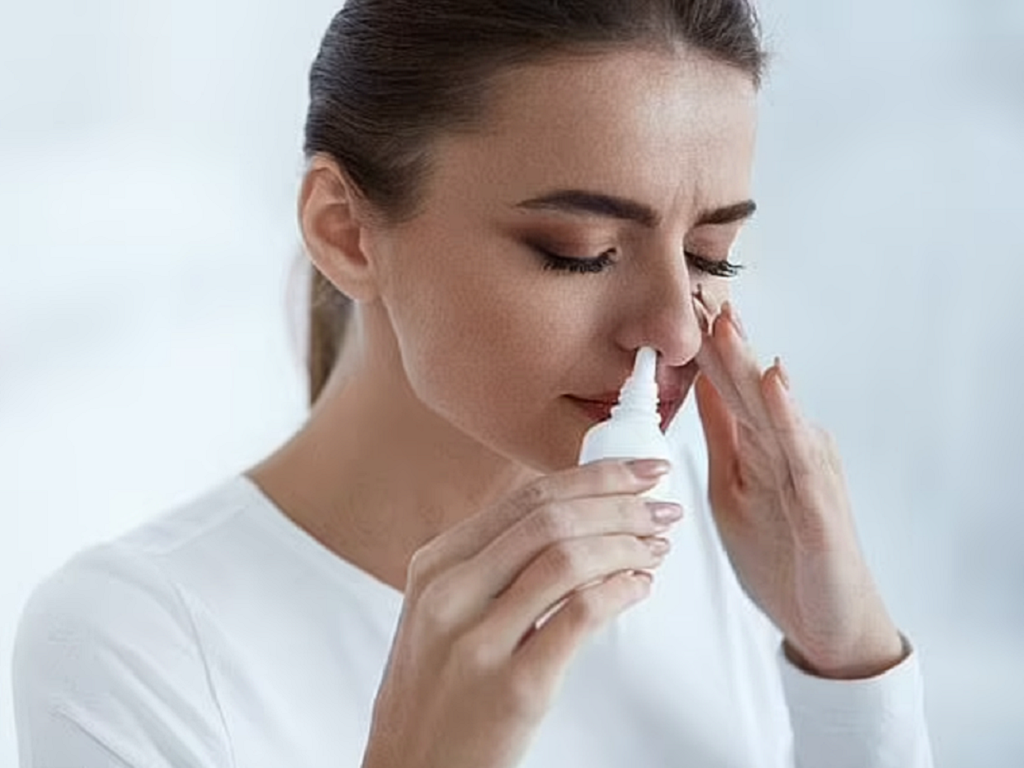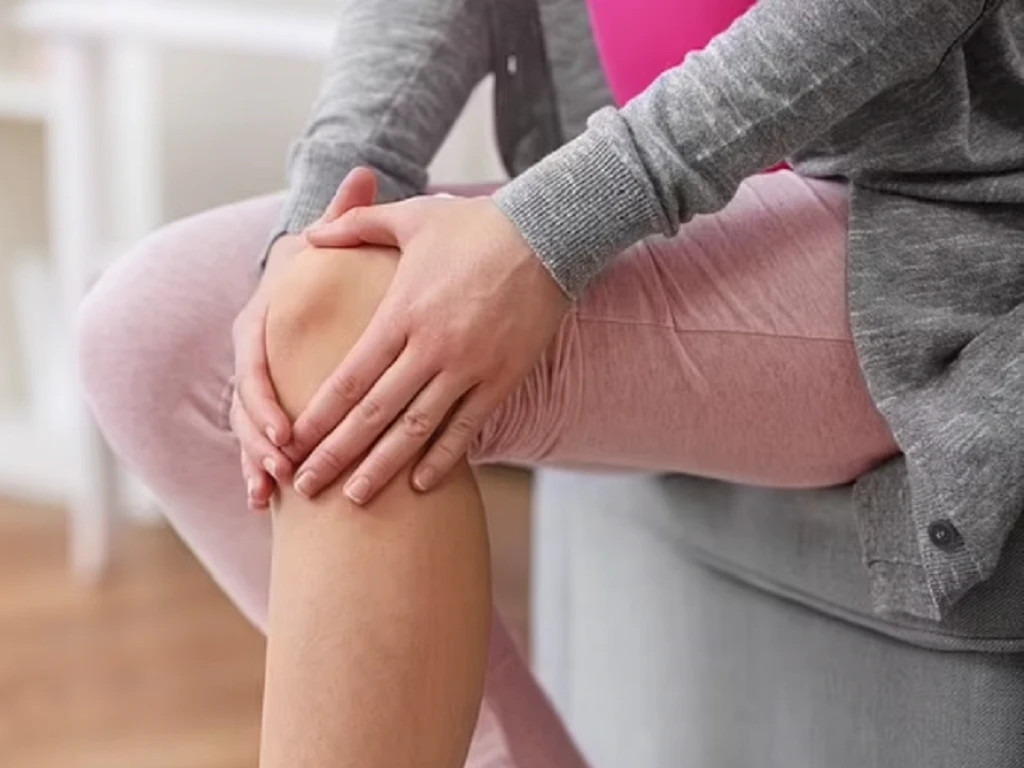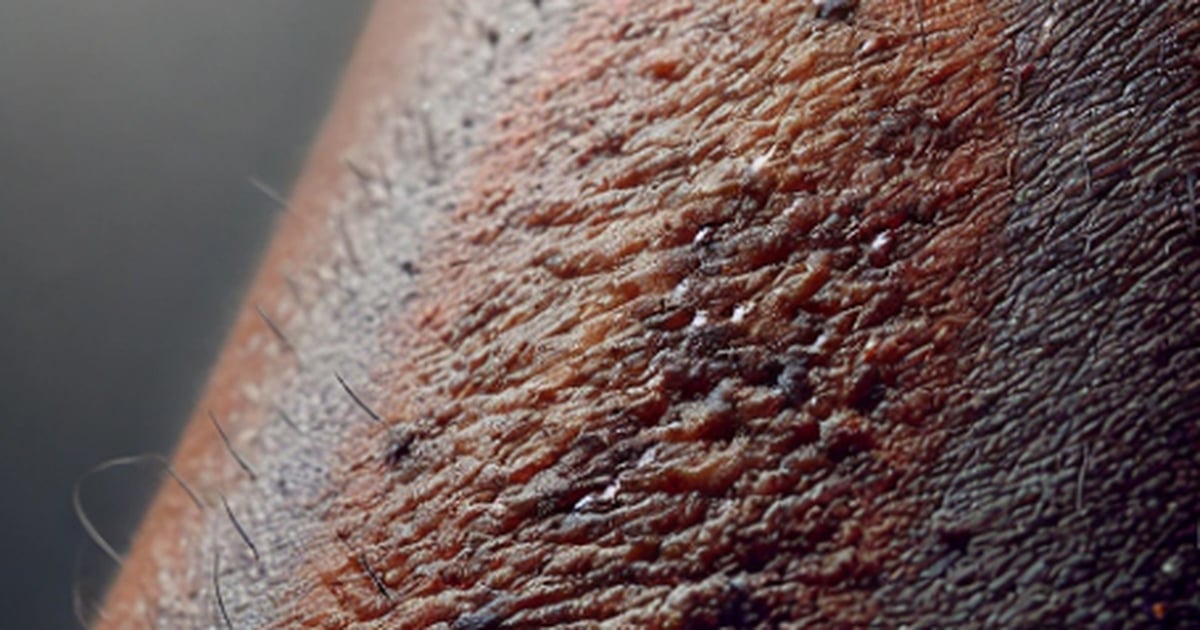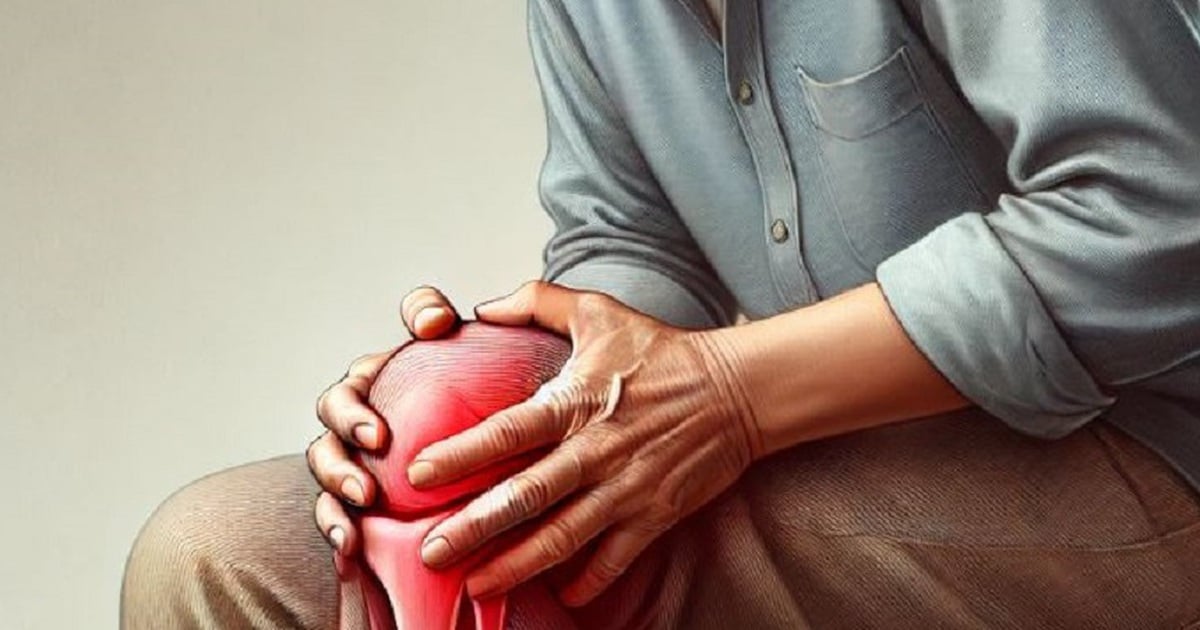Starting the day with health news, readers can also read more articles: How to take care of nose and throat to avoid catching a cold?; Four warning signs of recurrent joint pain due to cold weather ; Doctors point out the benefits of vegetable protein and animal protein...
Doing the following is just as effective as walking 10,000 steps.
Achieving 10,000 steps a day is a great way to get fit, improve your health, and reduce your risk of chronic disease.
Experts say there are a number of fun activities that are great alternatives to walking 10,000 steps a day .
Dancing. If you enjoy dancing, this is a great alternative to hiking.

Dancing is very good for your health.
Dancing is not only fun, it also burns a lot of calories. It improves balance, agility and cardiovascular health, explains Andrew White, personal trainer and co-founder of Garage Gym Pro Fitness Center (USA).
Racquet sports. Caroline Grainger, a personal trainer at Fitness Trainer, says racquet sports, like tennis and badminton, are an active way to get the equivalent of 10,000 steps a day.
A 2020 study found that playing singles tennis for 1 hour can help you run 10,680 steps.
Cycling. Next, expert White recommends cycling.
Cycling is a great way to build leg strength, improve joint mobility and boost cardiovascular health, says White. An hour of moderate cycling can yield the same benefits as 10,000 steps. Read more about this article on the health page on January 4 .
How to take care of your nose and throat to avoid catching a cold?
The common cold is a very common illness that affects the upper respiratory tract, including the nose and throat. Colds are highly contagious and can spread easily through contact with an infected person or a contaminated surface.
Colds are caused by viruses, the most common of which is rhinovirus. Although symptoms are not severe, the disease can lead to complications in certain groups of people, such as the elderly, young children, and people with compromised immune systems.

Rinsing your nose with saline can help reduce the risk of catching a cold virus.
To prevent and minimize the risk of disease, people need to take care of their nose and throat in the following ways:
Avoid touching your face. One of the most effective ways to prevent catching a cold is to avoid touching your face. Cold viruses can survive on surfaces for several hours. When you touch these surfaces and then touch your face, the virus can enter your nose and mouth. To prevent this, it is essential to practice good hand hygiene, washing your hands frequently with soap or using an alcohol-based hand rub. This can significantly reduce your risk of catching a cold.
Drink plenty of water. Drinking plenty of water will help keep the mucous membranes in the nose and throat moist, thereby making it easier to expel mucus and preventing viruses from entering. Hot foods such as tea or soup can also help relieve cold symptoms. In addition, people should also avoid drinking alcohol, beer, and caffeine because they can cause dehydration and worsen cold symptoms. The next content of this article will be on the health page on January 4.
Four warning signs of recurrent joint pain due to cold weather
Joint pain is a common problem that many people suffer from, especially when the weather starts to get colder. It is characterized by discomfort, pain, or inflammation in the joints. The pain can be mild or severe and can affect any joint in the body.

Increased joint stiffness is a common warning sign of recurring joint pain when the weather turns cold.
There is a growing body of research that suggests that cold weather can aggravate joint pain. It is important to understand the warning signs of recurring joint pain in order to manage the condition effectively.
Joint pain is about to recur when the weather turns cold, the body will show the following signs:
Increased pain and stiffness. One of the most common warning signs of recurring joint pain due to cold weather is increased pain and stiffness in the joints. This can make it difficult to perform daily tasks, such as walking, standing, or carrying things. To ease joint stiffness, people can soak in warm water, apply warm compresses, and maintain appropriate physical activity.
Signs of swelling and inflammation in the joints. Swelling and inflammation in the joints are another common warning sign of recurring joint pain. Inflammation is the body's natural response to injury or infection. It manifests as swelling, redness, and warmth in the joints. This results in pain and discomfort in the joints, especially in cold weather. Start your day with health news to see more of this article!
Source link


![[Photo] Looking back at the impressive moments of the Vietnamese rescue team in Myanmar](https://vstatic.vietnam.vn/vietnam/resource/IMAGE/2025/4/11/5623ca902a934e19b604c718265249d0)



![[Photo] "Beauties" participate in the parade rehearsal at Bien Hoa airport](https://vstatic.vietnam.vn/vietnam/resource/IMAGE/2025/4/11/155502af3384431e918de0e2e585d13a)






















![[Photo] Summary of parade practice in preparation for the April 30th celebration](https://vstatic.vietnam.vn/vietnam/resource/IMAGE/2025/4/11/78cfee0f2cc045b387ff1a4362b5950f)






























































Comment (0)